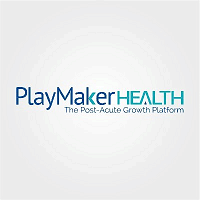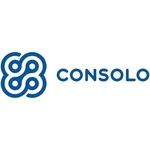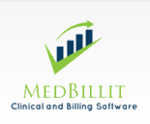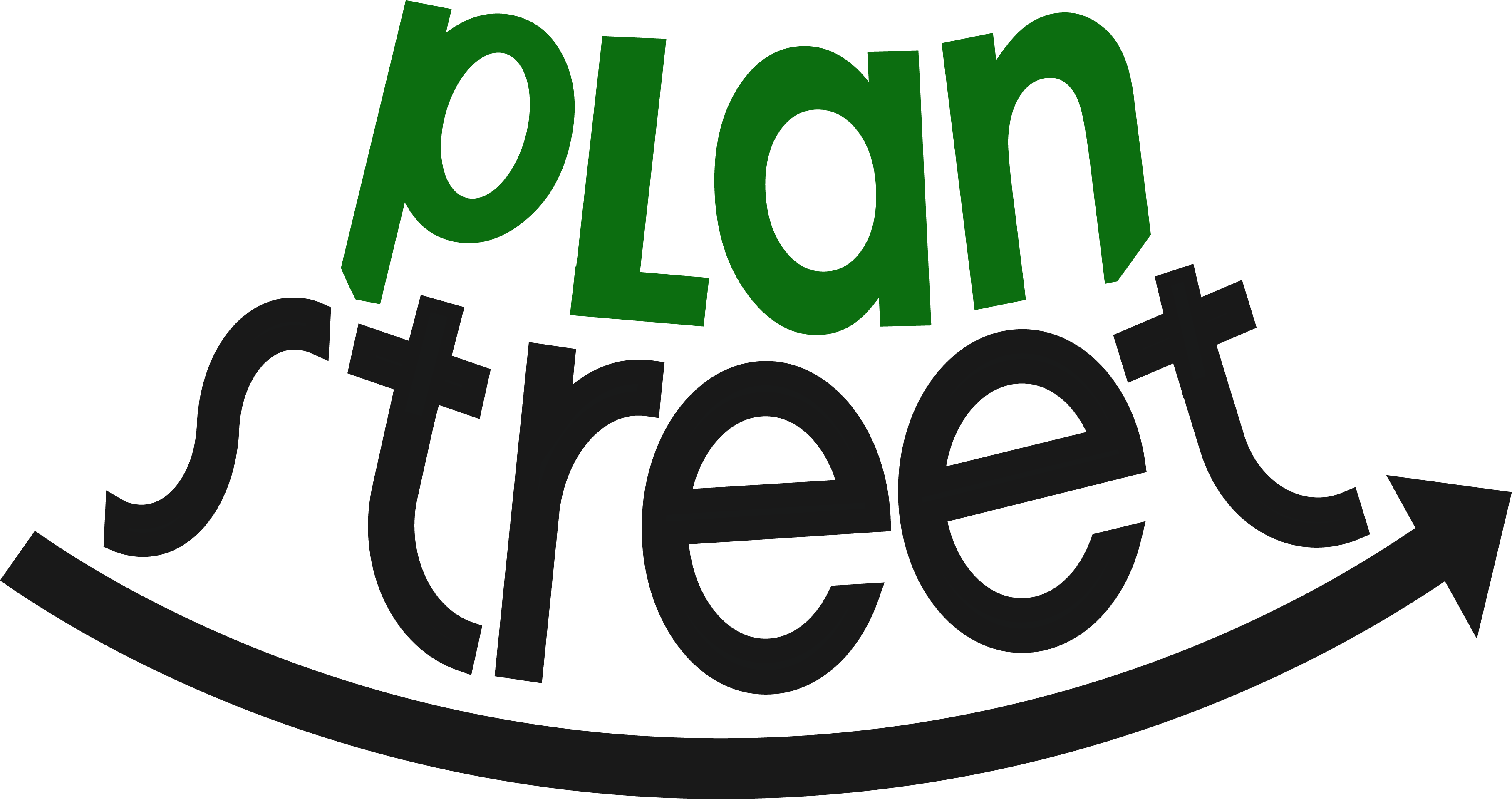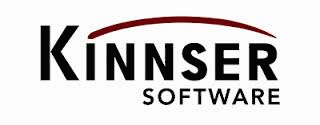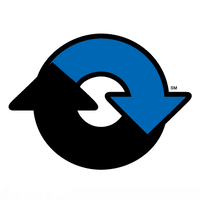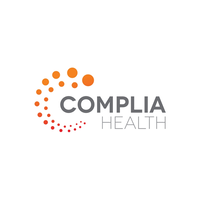What Is Hospice Software?
Hospice software is a sort of customized technology developed to meet the specific demands of hospice care providers. It is a comprehensive solution that streamlines administrative processes, improves communication, and raises the quality of care for patients receiving end-of-life care. This program was specifically designed for the hospice business, taking into account the complicated and sensitive nature of hospice care.
One of the most important elements of hospice software is its capacity to efficiently manage patient information such as medical records, treatment plans, and care notes. This saves time and effort on manual documentation, allowing care teams to focus on providing compassionate and tailored care to patients. In addition, hospice software provides capabilities for communication and collaboration among care team members such as nurses, social workers, and volunteers.
This encourages improved coordination and increases the overall efficiency of care delivery. Furthermore, hospice software frequently incorporates capabilities like drug management, symptom tracking, and advanced care planning, which are critical for managing hospice patients' complicated needs. It also includes reporting and analytics tools, which enable providers to monitor their performance and find areas for improvement.
When selecting hospice software, consider considerations such as usability, security, and compatibility with existing systems. It is also critical to ensure that the software meets regulatory standards, such as HIPAA and Medicare criteria.
What Are The Recent Trends In Hospice Software?
The hospice industry is continually adapting to the changing requirements of patients, families, and healthcare providers. There have been various recent trends in hospice software, driven by the emergence of new technology and a desire to improve patient care.
Buyers may make informed selections about hospice software solutions by staying current on these trends.
1. Cloud-Based Solutions: Cloud-based hospice software has gained popularity in recent years. This type of software enables quick access to patient records and paperwork from anywhere with an internet connection. It also makes it easier for hospice care team members to collaborate, resulting in increased efficiency and communication. Because of the COVID-19 epidemic, remote work has become more common, making cloud-based hospice software an essential tool for many clinicians.
2. Interoperability & Integration: As hospice care becomes more linked with other healthcare settings, the need for interoperable software grows. Interoperability enables the easy flow of patient data between multiple systems, which improves communication and care coordination. Integration with electronic health records (EHR) and other healthcare technologies improves administrative efficiency and lowers the possibility of errors.
3. Telemedicine Capabilities: Telemedicine has been increasingly popular in hospice care in recent years, particularly as in-person visits have been limited by the COVID-19 pandemic. As a result, several hospice software systems now include telemedicine features, enabling virtual visits and discussions. This not only improves access to care for people in rural or isolated places, but it also simplifies and minimizes the strain of travel for patients and their families.
4. AI And Predictive Analytics: Another rising trend in hospice software is the application of artificial intelligence (AI) and predictive analytics. These systems can analyze patient data to detect patterns and trends, allowing physicians to anticipate and handle possible issues before they occur. AI and predictive analytics also enable more individualized care plans, resulting in better patient outcomes and satisfaction.
5. Mobile Applications: With the growing popularity of smartphones and tablets, several hospice software solutions now include mobile apps for healthcare providers. These apps provide convenient access to patient information, prescription management, and paperwork while on the road. They also frequently incorporate features like secure chat, task management, and real-time updates, which make it easier for hospice teams to cooperate and deliver timely treatment.
Benefits Of Using Hospice Software
Hospice software is a customized application created to fulfill the unique demands of hospice care providers. This technology has transformed how hospice care is delivered, making it easier, more efficient, and more precise.
Here are some of the advantages of employing hospice software in your organization:
1. Improves Paperwork And Administrative Tasks: One of the most difficult difficulties for hospice care providers is managing and preserving patient records. With hospice software, all patient information and paperwork can be readily kept, managed, and accessed from a single spot. This eliminates the need for paper-based records and minimizes the possibility of errors, resulting in accurate and up-to-date patient information.
2. Enhances Communication And Collaboration: Hospice software enables various team members, including nurses, doctors, and caregivers, to view patient information in real time. This improves communication and collaboration within the care team, ensuring that everyone is on the same page when it comes to patient care. This can result in more efficient and effective healthcare delivery.
3. Provides Comprehensive Care Planning: Hospice software contains tools that enable coordinated and complete care planning for patients. This includes developing care plans, arranging appointments, and monitoring progress. This program allows care plans to be amended and updated as needed, ensuring that patients receive the finest and most appropriate treatment.
4. Aids In Medication Management: Hospice software offers a platform for tracking and managing medication delivery for patients. This includes generating medication schedules, reminders, and notifications for drug due dates. This lowers the possibility of prescription errors and ensures that patients receive their medications as prescribed.
5. Provides Useful Insights And Analytics: Hospice software collects and analyzes data, revealing vital information about the organization's operations and patient care. This can assist identify areas for improvement, track the efficacy of therapies, and make data-driven decisions to improve patient outcomes.
6. Improves Billing And Financial Management: Hospice software automates manual operations, reduces billing errors, and increases claim accuracy. This can save hospice providers time and money by lowering administrative costs while increasing revenue.
Important Factors To Consider While Purchasing Hospice Software?
When it comes to choosing hospice software, there are numerous crucial elements to consider to ensure that you are making the best choice for your organization. From functionality and convenience of use to cost and customer support, each of these considerations is critical in determining the best hospice software for your individual need.
To help guide your decision-making process, below are some critical aspects to consider when selecting hospice software.
1. Functionality: One of the most crucial considerations when selecting hospice software is functionality. Ensure that the program includes all of the necessary features and functions for your hospice business, such as patient management, care plans, medication tracking, and reporting. It should also be able to interface with other systems and devices within your firm.
2. Simplicity Of Use: The software's simplicity of use is also an important consideration. The interface should be user-friendly and intuitive, allowing all staff members to navigate and use the software successfully. This not only saves time, but also ensures efficient operations and lowers the possibility of errors.
3. Cost: The cost of hospice software varies substantially depending on the features and functionalities included. It is critical to have a clear idea of your budget and select software that fits inside it. Consider any additional costs, such as licensing, updates, and training, that may be necessary.
4. Customer Assistance: When choosing software, customer assistance is an important thing to consider. In the event that an issue arises, ensure that the vendor provides dependable customer service by phone, email, or live chat. It is also advisable to look for user reviews and ratings to get a sense of the vendor's support services.
5. Data Security: Because hospice software will include sensitive patient information, it is critical that the software has strong security mechanisms in place. This will protect patient information from illegal access or breaches.
6. Training And Assistance: Consider the degree of training and assistance provided by the provider. The software should have thorough training materials and assistance to guarantee that your employees can readily adapt to and effectively use it.
7. Customization Options: Each hospice organization has distinct requirements and workflows. As a result, you should assess whether the program allows for customization to meet the specific needs of your firm. This ensures that the software integrates seamlessly with your existing operations.
What Are The Key Features To Look For In Hospice Software?
When looking for hospice software, customers should examine a few essential characteristics to ensure they get the best option for their organization.
These features include the following:
1. Electronic Health Records (EHR) Integration: Look for hospice software that works easily with your current EHR system. This will make it easy to transfer patient data and eliminate duplicate effort.
2. Patient Management: Comprehensive hospice software should include tools for monitoring patient demographics, medical history, care plans, and medications. This will improve the organization and efficiency of care delivery.
3. Care Coordination: The software should also make it easier for different members of a patient's healthcare team to communicate and coordinate their care.
4. Billing And Claims Management: Hospice software should be able to produce and submit reimbursement claims, track payments, and monitor accounts receivable.
5. Compliance: The software should adhere to all applicable healthcare legislation and standards, such as HIPAA, to ensure patient data protection and accurate recordkeeping.
6. Quality Reporting: The software should provide quality reporting features that allow hospice agencies to track and report on their performance and outcomes. This will help to improve the quality of care delivered.
7. Mobile Compatibility: With the rise of telehealth and remote patient monitoring, search for hospice software that works on mobile devices. This will enable caregivers to obtain patient information and conduct chores on the fly.
8. Customization: Because each hospice agency's demands and operations varies, search for software that can be customized to meet your individual requirements.
9. Training And Support: To ensure that your agency can fully utilize the software's functionality, choose a software vendor with a strong support team and training resources.
10. Price: Finally, assess the cost of the software and how it compares to your budget. Keep in mind that, while a lower price may be enticing, it's critical to select software that satisfies all of your agency's requirements and provides long-term value.
Why Do Businesses Need Hospice Software?
Hospice care entails offering compassionate support and services to patients in the latter stages of life. With the increased demand for hospice care and the complexities of managing patient care and billing in this industry, businesses require hospice software to streamline operations and assure the highest quality of care for patients.
Here are some important reasons why hospice software is critical for organizations in this industry:
1. Increase Efficiency: Hospice software simplifies and automates administrative duties like scheduling, billing, and documentation. This frees up staff time to focus on providing great care to patients, resulting in increased efficiency and productivity.
2. Ensure Compliance: Hospice care is subject to stringent regulations and compliance standards. Hospice software assists organizations in maintaining compliance by automating essential documentation and allowing quick access to previous records, making audits and inspections more efficient.
3. Improve Communication: Hospice software enables all team members, including nurses, caregivers, doctors, and administrators, to view patient information in real time. This enhances communication, coordination, and collaboration, resulting in better patient outcomes.
4. Manage Billing And Reimbursement: Hospice software has billing and reimbursement features, making it easy to track and bill for services rendered. This guarantees that insurance companies, Medicare, and Medicaid make correct and timely payments.
5. Track Patient Data: Hospice software allows organizations to track patient symptoms, medications, and treatment plans, offering a complete picture of each patient's care. This information can be utilized to identify trends, make informed decisions, and enhance therapies.
6. Simplify End-Of-Life Care: Hospice software provides advanced directives and e-signature capabilities, allowing patients to make vital end-of-life decisions while streamlining the paperwork.
How Much Time Is Required To Implement Hospice Software?
The time required to deploy hospice software is mostly determined by the size of your organization, the system's complexity, and the level of customization necessary. Smaller settings with simple requirements may complete the process in a few weeks, whereas bigger businesses with various connectors, extensive functionality, and detailed customization may require several months.
Staff training, data migration, and system testing all play important roles in establishing the timeline. A good transition requires ensuring that your team is comfortable with the program and that all patient data is accurately moved. Planning ahead of time and collaborating closely with your software provider can help to streamline implementation and prevent delays.
What Is The Level Of Customization Available In Hospice Software?
Hospice software is an essential tool for the efficient and effective operation of hospice services. When thinking about investing in hospice software, one important consideration is the level of customisation available. This refers to the software's capacity to be customized to meet the unique demands and preferences of your organization.
We'll look at the different levels of customization available in hospice software and what you should look for to make the best option for your organization.
1. Flexible Templates: One of the most important customizing features to look for in hospice software is the availability of flexible templates. These templates should allow you to customize and adapt the program to your organization's specific procedures and processes. Flexible templates allow you to add or delete fields, create custom reports, and tailor the software to your individual requirements.
2. Customizable User Interface: Hospice software requires an intuitive and user-friendly interface to provide smooth navigation and usage. However, each organization has unique interface design requirements. That is why it is critical to ensure that the hospice software includes flexible user interface options. This allows you to customize the software's appearance and feel to match your organization's logo, making it easier for your team to navigate.
3. Tailored Care Plans: Hospice care plans are tailored to the patient's specific requirements and preferences. As a result, hospice software must include the capacity to build personalized care plans for each patient. Look for software that allows you to customize care plans and add or remove chores to provide a more tailored approach to patient care.
4. Customized Data Fields: Each hospice organization has different data management requirements. As a result, the program should allow you to create custom data fields to gather information related to your organization's operations. This ensures that the program suits your organization's specific data tracking needs.
5. Integration Options: No business operates in isolation, and hospice care is no exception. That is why it is critical to look for hospice software that supports connectivity with external systems. This would enable seamless data sharing and syncing across several platforms while eliminating the need for manual data entry, saving time and decreasing errors.
Which Industries Can Benefit The Most From Hospice Software?
Hospice software is an invaluable resource for a wide range of sectors, providing the tools and functionalities required to streamline processes and improve patient outcomes. While hospice software is most generally linked with the healthcare industry, its benefits go far beyond that. In reality, several industries might benefit immensely from incorporating hospice software into their operations.
Let's take a closer look at these industries and how hospice software can help them improve their daily operations and overall productivity.
1. Healthcare Industry: It is unsurprising that hospice software benefits the healthcare industry the most. With an emphasis on delivering quality end-of-life care, hospice agencies and institutions rely significantly on software to handle patient information, schedule appointments, track prescriptions, and more. Hospice software facilitates seamless communication among healthcare personnel and allows them to deliver tailored care plans for each patient, assuring their comfort and well-being during this difficult time.
2. Long Term Care Facilities: Hospice software is also very beneficial to long-term care facilities like nursing homes and assisted living homes. These institutions frequently serve a large number of patients with varied levels of care needs, making it difficult to keep track of all of their medical information and treatments. Hospice software simplifies this process by offering a consolidated platform for entering and accessing patient data, scheduling appointments, managing prescriptions, and communicating with other healthcare practitioners.
3. Hospice Agencies: Hospice services, large and small, face a slew of challenges on a daily basis. Hospice agencies can easily become overburdened if they lack the necessary tools for managing patient care and administrative chores. Hospice software simplifies and automates many of these procedures, allowing hospice personnel to focus on delivering great care to their patients.
4. Palliative Care Programs: Palliative care programs, like hospice, aim to provide relief to people with critical diseases. They, too, can benefit from hospice software, which simplifies care coordination and provides a platform for better communication between caregivers and healthcare providers. This enables patients to receive more efficient and timely treatment, as well as higher overall quality care.
5. Home Health Agencies: Hospice software can also help home health agencies provide end-of-life care. These organizations frequently handle a large number of patients who receive care in their homes, making it critical to have a mechanism to track appointments, medications, and other key information. Hospice software allows home health companies to successfully manage their patients' care even from a remote location.
Conclusion
Finally, selecting the appropriate hospice software is critical for efficient and successful management of end-of-life care. Before making a decision, consider issues such as ease of use, comprehensive features, dependability, and price. Before you make a purchase, conduct extensive research and compare several hospice software options.
This ensures that you buy in a product that fulfills the specific requirements of your hospice organization. Remember to include key stakeholders in the decision-making process, including as staff and patients, to ensure a smooth transition and acceptance of the program. Once you've decided on hospice software, take advantage of any vendor-provided training and support to properly exploit the software's capabilities and benefits.
A well-chosen hospice software can dramatically improve patient care, simplify administrative work, and increase overall efficiency. With the proper tools in place, you can focus on what is actually important: providing compassionate and dignified end-of-life care.

